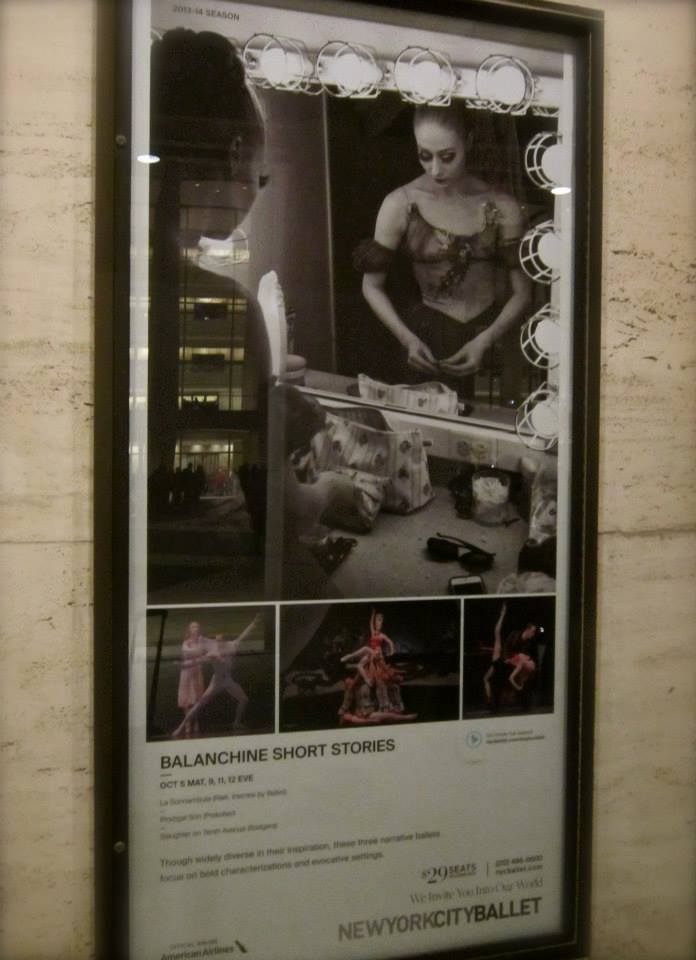Of the multifarious branches of the theater that I have followed, and now and then even practiced, it is probably the classical ballet of which I have been the most neglectful. This is not as it ought to have been, particularly here in New York, where the ballet achieves an amplitude matched in few if any other places. So finding myself with a chance to do so, I started in a small way to correct this debit in my accounts and went to BALANCHINE SHORT STORIES at the New York City Ballet on Saturday night.
Balanchine’s art is palpably rigorous, even thirty years after his death, making one feel that there is a geometry of the universe that the human body can now and then embody, just as the words of the greatest poets, or the forms of the best painters and sculptors, can. This is obvious in his ballets without stories, but it also animates the story pieces, placing them on a level that, while still popularly accessible, is archetypal and aesthetically rarefied.
“La Sonambula” was choreographed in 1946 for the Ballet Russes, to a fantasia of Bellini by Vittorio Rieti, and contrasts the world in which the body moves socially with a nether reality in which the angles are slightly off (but still perfect) and the basic rules of momentum pertain but feel heightened in some way. There is a Poet (danced by Robert Fairchild) who encounters a Sleepwalker (danced by Sterling Hyltin) after leaving a ball. The creature is not impervious to touch (she is, in fact, sensitive to a light push), yet she lacks ordinary weight and solidity, at one point walking right through the man’s body (a couple of us gasped aloud when Hyltin seemed to do this on Saturday).
The Prokokiev dance that followed, “Prodigal Son,” has decor by Rouault and dates from 1929. It is recognizably of the era, full of a tribal modernism that reminds one of Nijinsky or Nijinska. But then enters the Siren, danced by Teresa Reichlin, whose feet hit the floor like light through a magnifying glass, and once again there is a shift in the tone and tenor of the world. It is so often the case in ballet, and in Balanchine in particular, that when the man and the woman come upon each other, it is like the intersection of distinct realities, cosmically and multi-dimensionally; and something of the way the man was before is forever gone.
One might not think that this effect would carry into the last piece, the 1936 “Slaughter on Tenth Avenue,” to music from Rodgers’ ON YOUR TOES, all guns, gangsters and showgirls, but it does. People move differently in Balanchine, no matter how pop the theme, across planes that weren’t there before and at angles unexpected; something musical seeps into the interstices of ordinary life; and the story, whatever it is, has the character of a mnemonic, reminding us of how things were before they changed, never to be seen in the same way again.
